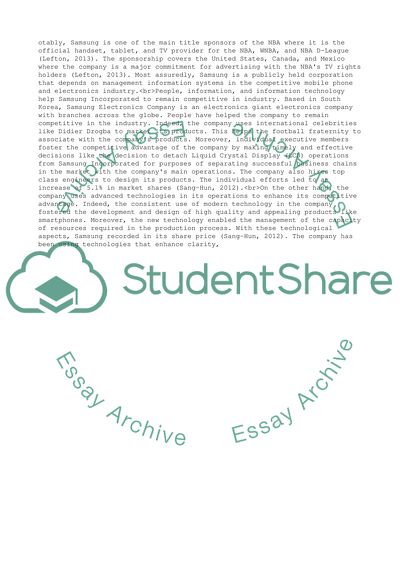Cite this document
(“Management Information Systems Essay Example | Topics and Well Written Essays - 1750 words - 2”, n.d.)
Management Information Systems Essay Example | Topics and Well Written Essays - 1750 words - 2. Retrieved from https://studentshare.org/management/1631398-management-information-systems
Management Information Systems Essay Example | Topics and Well Written Essays - 1750 words - 2. Retrieved from https://studentshare.org/management/1631398-management-information-systems
(Management Information Systems Essay Example | Topics and Well Written Essays - 1750 Words - 2)
Management Information Systems Essay Example | Topics and Well Written Essays - 1750 Words - 2. https://studentshare.org/management/1631398-management-information-systems.
Management Information Systems Essay Example | Topics and Well Written Essays - 1750 Words - 2. https://studentshare.org/management/1631398-management-information-systems.
“Management Information Systems Essay Example | Topics and Well Written Essays - 1750 Words - 2”, n.d. https://studentshare.org/management/1631398-management-information-systems.


